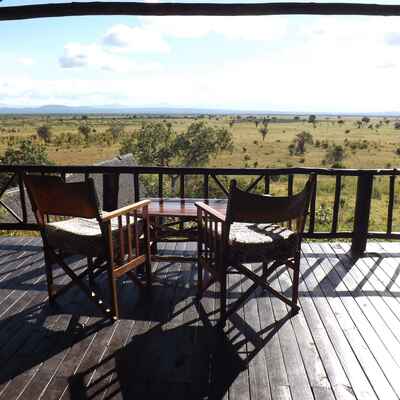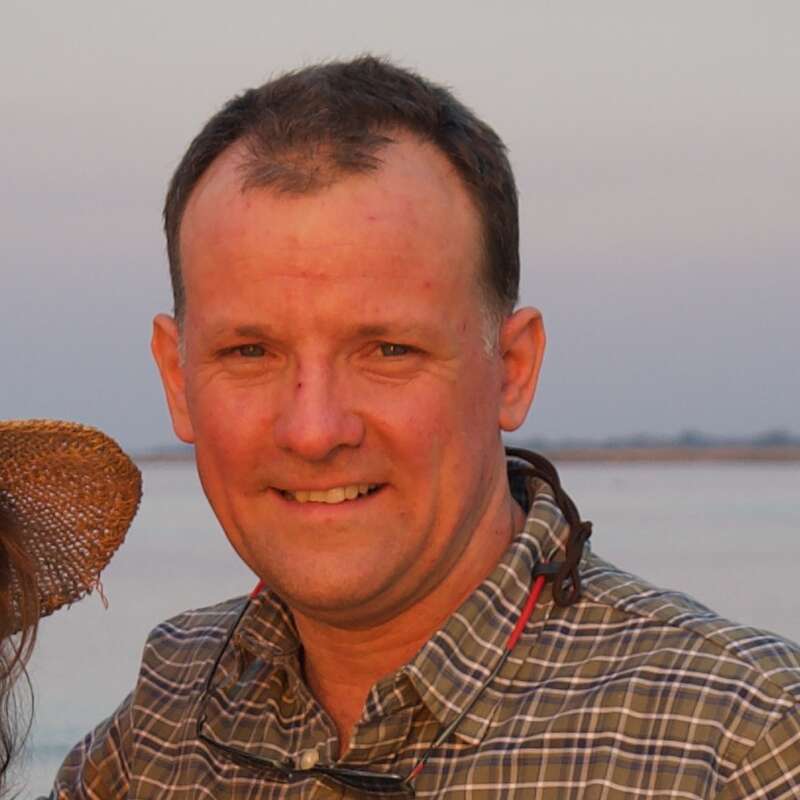About Stanley's Kopje
Previously known as Foxes Safari Camp, Stanley's Kopje was rebuilt following a fire and opened again in 2011.
The camp is located in Mikumi National Park, a protected wildlife area to the north of Tanzania’s Selous Game Reserve.
Stanley's Kopje has a great location, and for the style of camp it is excellent value too. However, the safari experience here is not as rewarding as in some of Tanzania's other national parks, so we would probably not recommend Mikumi for experienced safari goers.
Accommodation
12 tented rooms
Children
Best for 12 +
Open
1st June to 28th February
Activities

4WD Safari

Birdwatching

Private activities
Traveller reviews of Stanley's Kopje
6 real, un-edited reviews from Expert Africa's travellers.
Arrived 11 Sep 2016, 2 nights
"Camp in Underrated Reserve"
Overall rating: Good
Arrived 16 Dec 2014, 2 nights
"Great guides, good food, beautiful settings."
Overall rating: Excellent
Arrived 5 Jul 2013, 1 nights
"Just an overnight stay"
Overall rating: Good
Arrived 7 Oct 2011, 3 nights
"Stanley's Kopje review"
Overall rating: Good
Arrived 13 Oct 2009, 2 nights
"A good start..."
Overall rating: Average
Arrived 5 Oct 2008, 3 nights
"Camp Fired!!"
Overall rating: Terrible
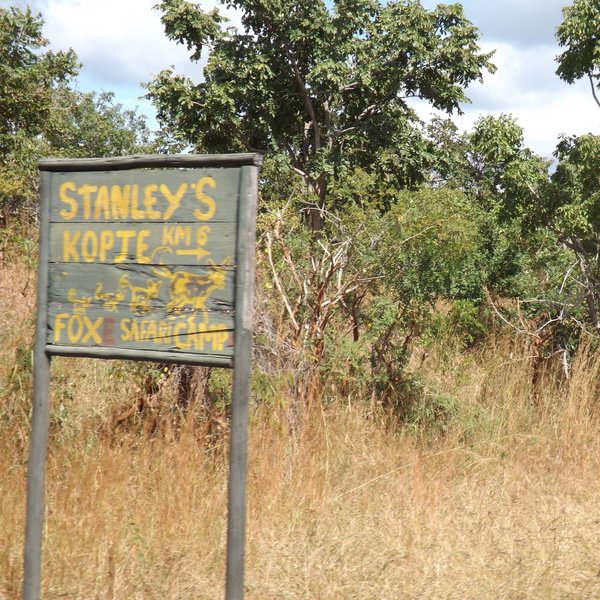
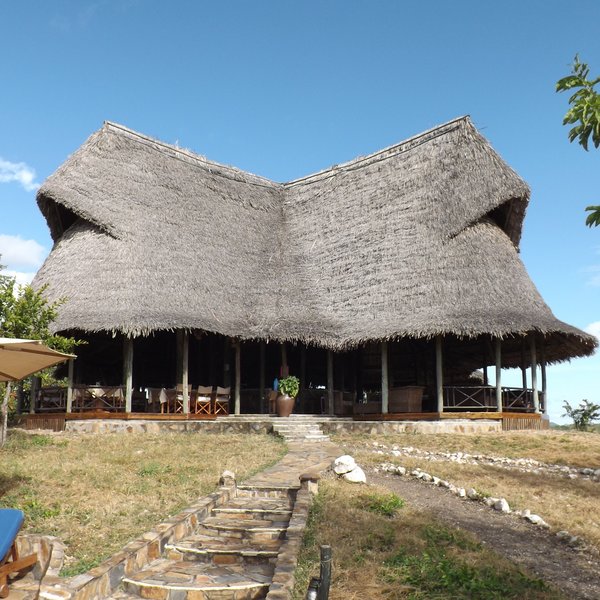
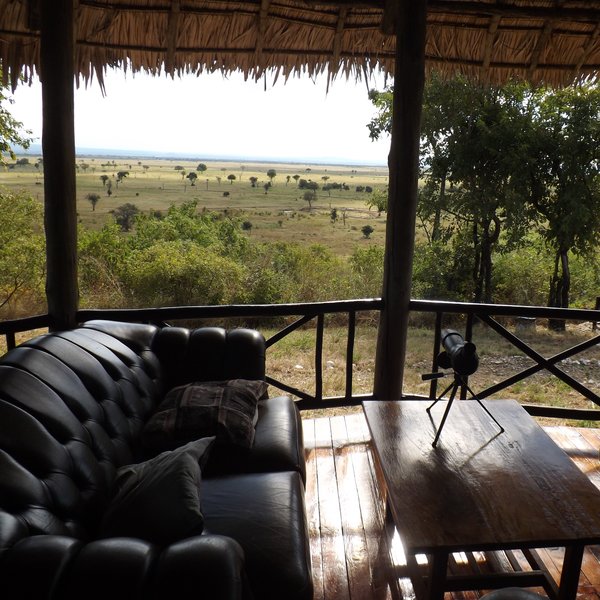
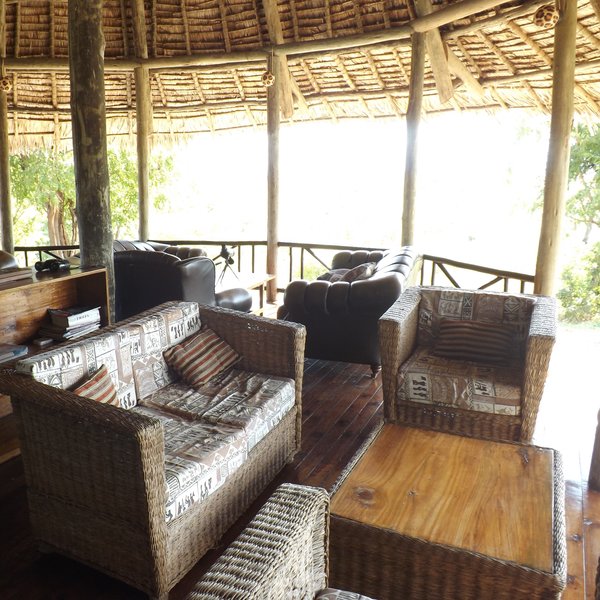
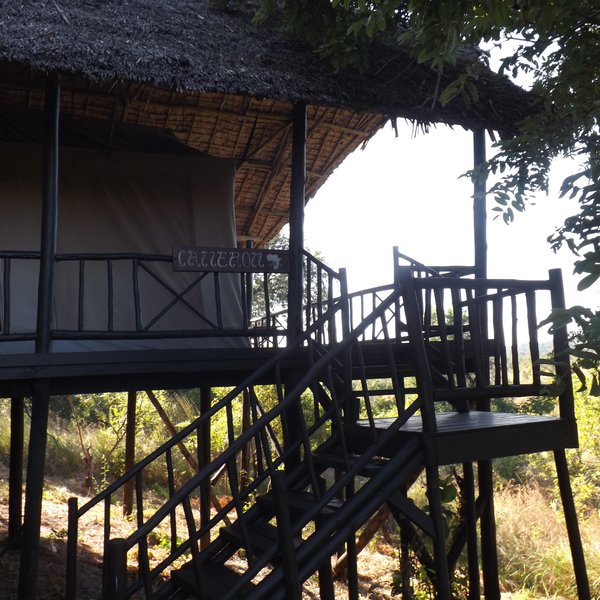
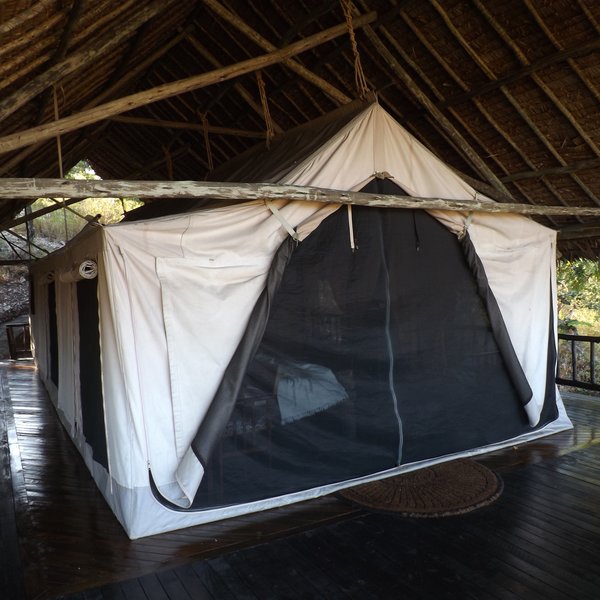
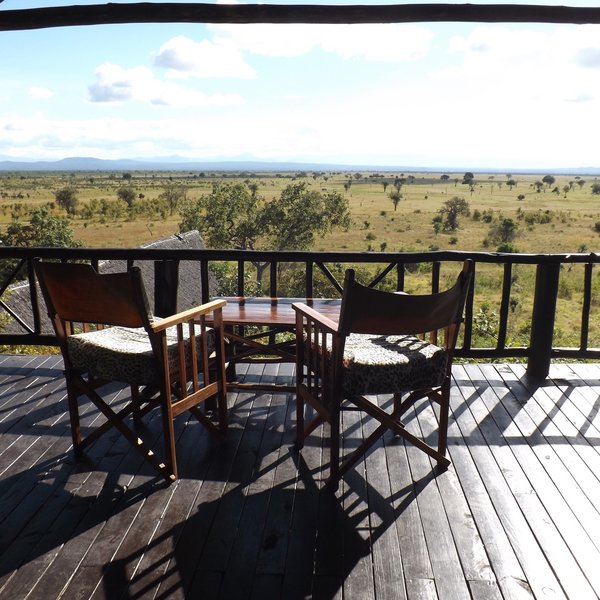
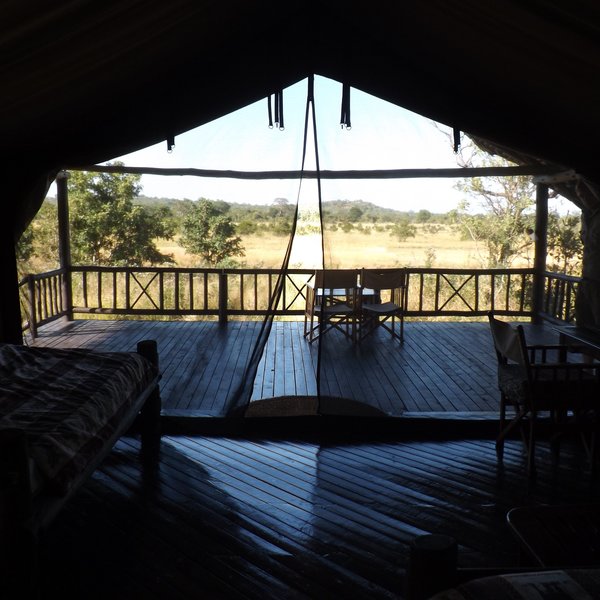
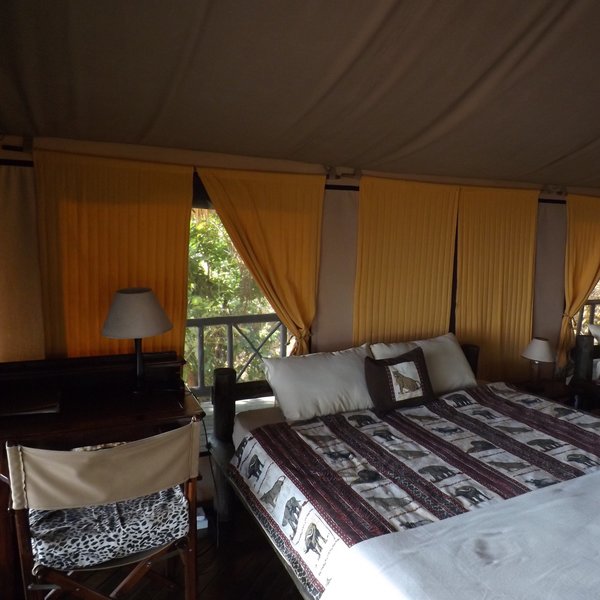
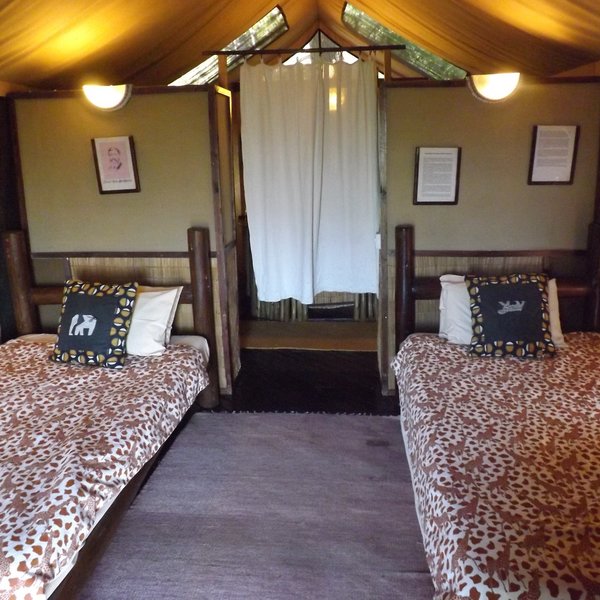
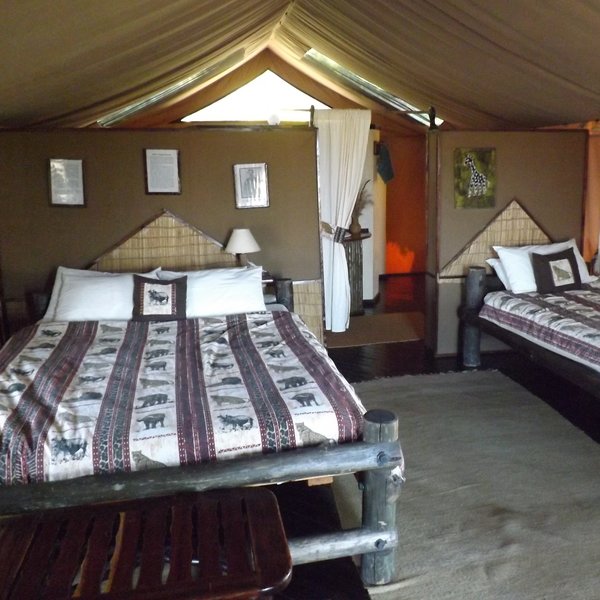
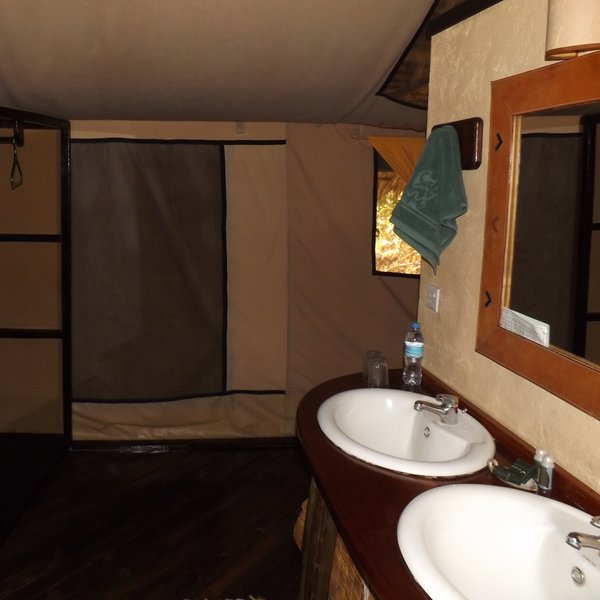
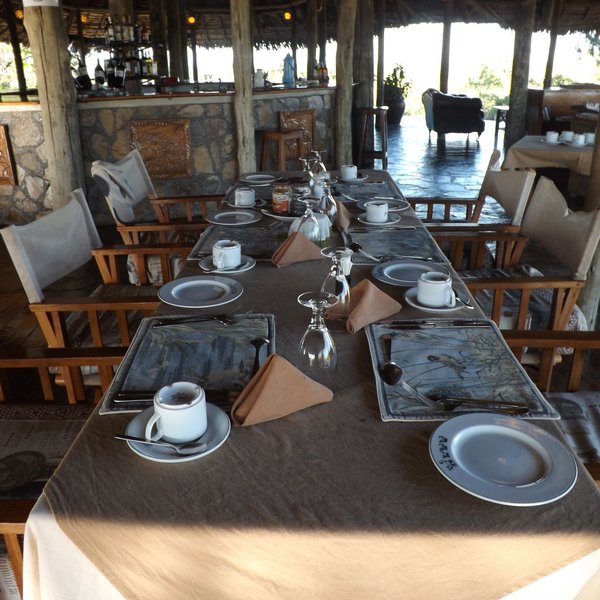
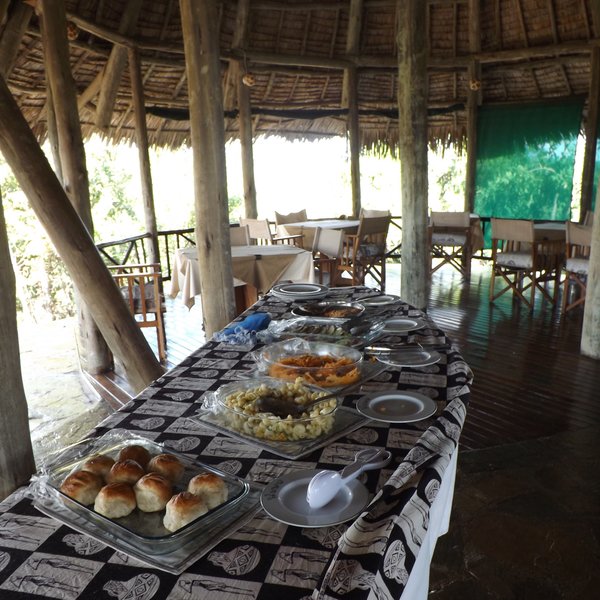
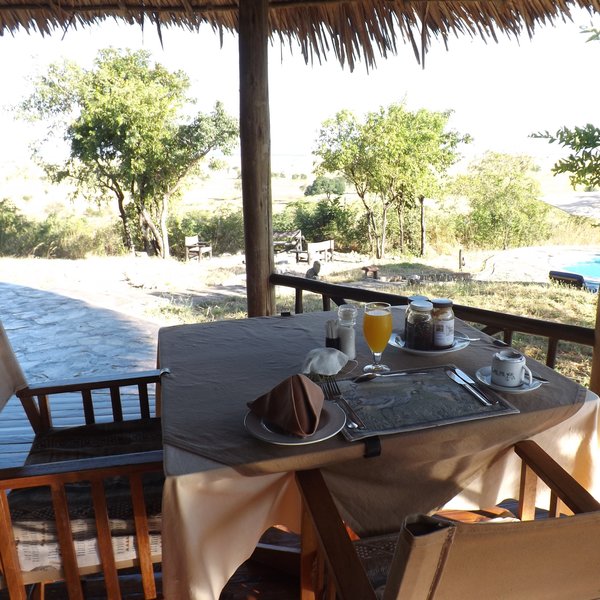
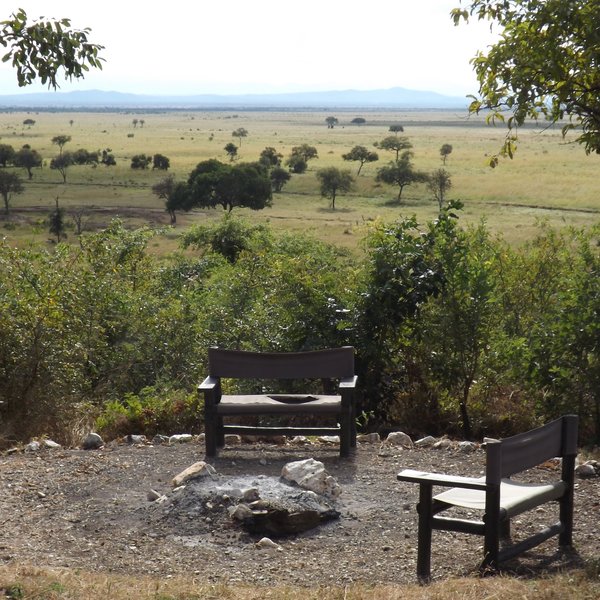
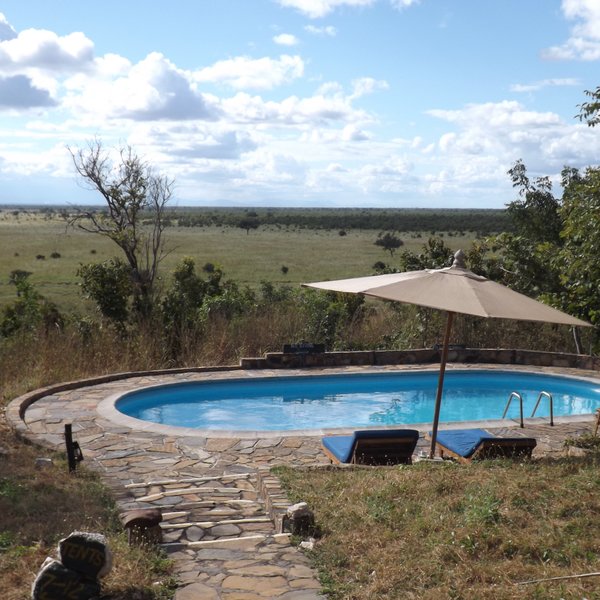
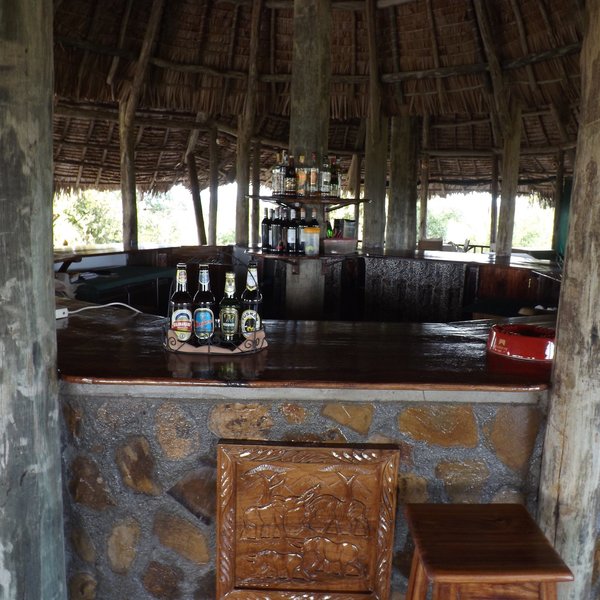
Expert Africa's gallery
When we travel we take lots of photos ourselves to give you a real and un-edited view of the safaris. See our 18 pictures of Stanley's Kopje to get the candid view.
View galleryStanley's Kopje: Our full report
Previously known as Foxes Safari Camp, Stanley's Kopje was rebuilt following a fire and opened again in 2011.
The camp is located in Mikumi National Park, a protected wildlife area to the north of Tanzania’s Selous Game Reserve.
Stanley's Kopje is one of a number of properties in southern Tanzania that are owned and run by the Fox family, including Rufiji River Lodge in nearby Selous; Ruaha River Lodge in Ruaha National Park; and Vuma Hills, which is also in Mikumi.
As the name suggests, Stanley’s Kopje sits on top of a kopje, or rocky outcrop, overlooking the Mkata floodplain in one direction and the Mwanamboga waterhole in another. The panoramic views all around the camp are stunning and, depending on which the side of the property you are, you can watch both sunrise and sunset.
The main area is a huge quatrefoil thatched structure with open sides to maximise the views of Mikumi National Park. In the centre, the octagonal stone bar surrounded by wooden stools is a very sociable place to meet in the evening. Two of the semi-circular 'corners' feature lovely deep leather sofas, wicker armchairs, a small bookcase and a selection of board games such as backgammon and the local bao. The other two form the restaurant, with wooden tables and directors’ chairs.
The small swimming pool down a stone path is a great feature of Stanley's Kopje, and a very pleasant place to spend the afternoon.
The camp is relatively small, with only 12 tented rooms. All named after famous explorers and chiefs of tribes, the rooms are spread around the hillside, facing in different directions, making them feel very private.
Each of the safari tents is set on an extensive wooden deck, built up on stilts with a thatched roof. They are larger than at most other tented camps and feature polished wooden floors, solid wood-framed beds, a writing desk and a couple of directors’ chairs with comfortable safari-print cushions. But by far the best aspect of the rooms is the huge veranda at the front.
At the back of the tent, a part-canvas, part-wooden wall, separates the bedroom from the en-suite bathroom. Here you’ll find a wardrobe, an electronic safe, his and hers basins, a flush toilet, and a shower.
Although the amenities are the same in each tent, the configuration does differ. Three are family units (with a double bed and two singles), two have twin beds, six are doubles (although they can also easily be used as triples), and one is specifically set up for honeymooners. One of the tents is also designed to allow wheelchair access. Ask us for more information.
Activities at Stanley’s Kopje focus on game drives and walking safaris in Mikumi National Park. It's worth noting that the main park gate, which is near to the best game-drive routes, is about a 45-minute drive from camp, with half-an-hour of that on a main road. This main road runs right through the park, so although you can't hear or see it from camp, the knowledge that it's there does detract from the feeling of being out in the wild.
There is a decent variety of wildlife in Mikumi, but nowhere near the same numbers as in other parts of Tanzania. So safari enthusiasts will be better off looking at a different wildlife area to Mikumi.
Activities
4WD Safari
Birdwatching
Private activities
Families & children
- Attitude towards children
- Stanley’s Kopje welcomes children of all ages.
- Property’s age restrictions
- None
Food & drink
- Usual board basis
- Full Board & Activities
- Food quality
- When we visited in June 2016 we did not get a chance to try the food, but we understand from speaking to the management that in the morning you have a choice of full English or Continental breakfast, there is also a selection of muesli, fruit and yoghurt.
Lunch tends to be a light meal – often pizzas and salads.
Dinner is a three course meal and guests are invited to help themselves to the main course which is laid out as a buffet.
- Dining style
- Individual Tables
- Dining locations
- Indoor and Outdoor Dining
- Further dining info, including room service
- Not possible
- Drinks included
- Drinks are not included – beer costs about $4, a glass of wine $4 and sodas are $2.
Getting there
- Location
- Mikumi & Udzungwa Mountains, Tanzania
- Ideal length of stay
- 2-3 nights
- Directions
- It is a six hour drive from Dar es salaam.
- Accessible by
Communications
- Power supply notes
- There are plugs in the rooms which can charge batteries between, 9.00am–1.00pm, and 6.30am–10.30pm.
- Communications
- There is no Wi-Fi available in camp.
- TV & radio
- There is no TV.
- Water supply
- Borehole
- Water supply notes
- Bottled water is provided for drinking.
Health & safety
- Malarial protection recommended
- Yes
- Medical care
- There are first aid kits in the main areas and in all of the vehicles and the staff are also trained.
- Dangerous animals
- High Risk
- Security measures
- Askaris are on hand to walk you to and from your tent at night.
- Fire safety
- There are fire extinguishers in all of the tents and a fire break around camp.
Useful info
- Disabled access
- In Place
- Laundry facilities
- A complimentary laundry service is available.
- Money
- There is a safe in the main area
- Accepted payment on location
- Stanley’s Kopje accept payment in cash (USD, TZS, EUR, GBP) and Mastercard and Visa. Please note that there is a 5% surcharge.
Plan and book your trip with Expert Africa
All of our trips are tailor-made, so we'll always adapt them to suit you. Talk to an Expert and let us plan and arrange your perfect trip.

Talk to an Expert
Call or email us now! We’ll match you with the Specialist in our team who is best suited to help you. Then together we can start planning your trip.

Set up your itinerary
Based on our experience and your ideas, your specialist will create a detailed, costed itinerary. We’ll refine it together, until we have a trip that you’re perfectly happy with.

Prepare for your trip
The same Specialist will make the seamless arrangements for your trip, send you detailed travel documents, and be available to answer any questions before you depart.

Travel with peace of mind
After you set off, you’ll be cared for by our partners in Africa, most of whom have worked with Expert Africa for decades. And if you ever need us urgently, we’re available 24/7.

When you return
We love to learn about your trip, and so will always be grateful if you’ve the time to give feedback to your Specialist when you return.
Stanley's Kopje's location
Look closer at the environment and surroundings of Stanley's Kopje.
Other lodges in Mikumi & Udzungwa Mountains
Alternative places to stay in this same area.
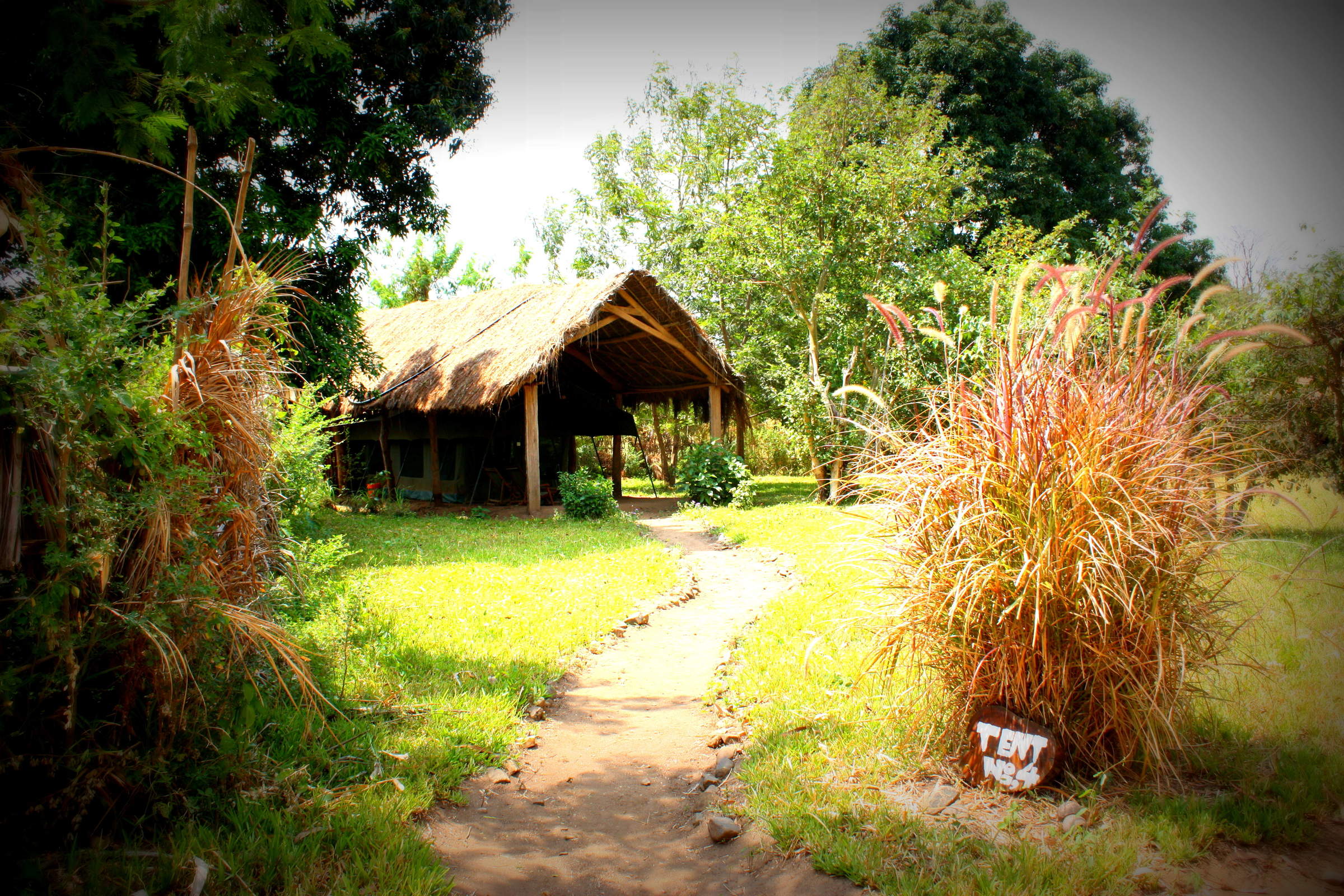
Udzungwa Forest Camp
The simple Udzungwa Forest Tented Camp offers the opportunity to visit the little known Udzungwa Mountains
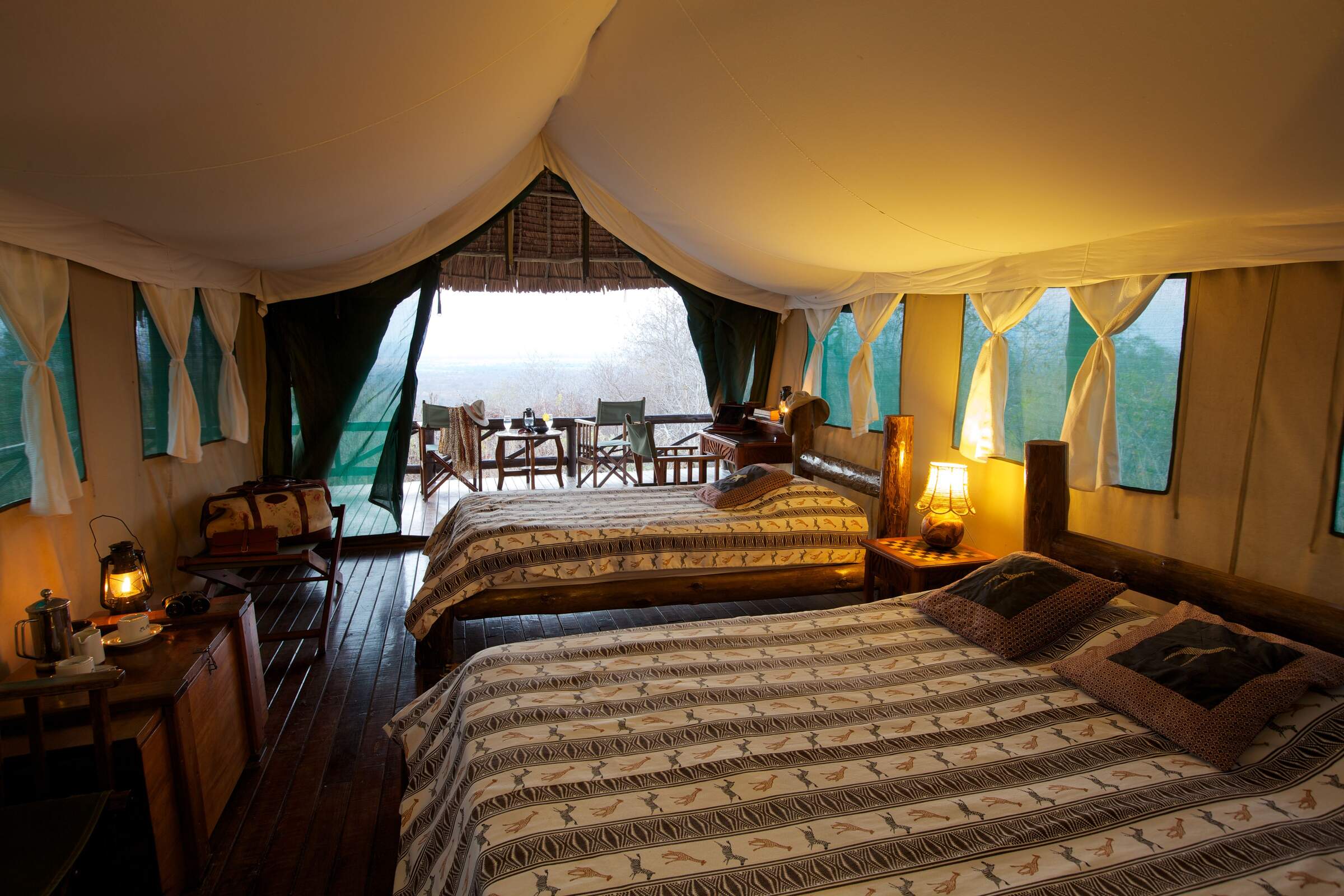
Vuma Hills
A 15-minute drive from the Mikumi National Park gate, Vuma Hills is in a peaceful location, high up in the hills overlooking the park.
When to go to Mikumi & Udzungwa Mountains
Our month by month guide: What it's like to visit Stanley's Kopje in Mikumi & Udzungwa Mountains
Jan
Feb
Mar
Apr
May
Jun
Jul
Aug
Sep
Oct
Nov
Dec
Tanzania in January
January usually marks the start of the short dry season, although the exact timings of this are a little unpredictable. You can expect clear blue skies and sunshine, if the short rains have stopped, and the temperatures will be building. The short dry season is a little less pronounced in Southern Tanzania, and so it can still be wet in these areas. It is an interesting time for avians as resident birds go into breeding plumage and migrant species can be present.
Once the New Year busy period has quietened down, January can offer great value and quieter parks, although the weather can be variable, and in the Selous and Ruaha the wildlife is more dispersed.
- Variable weather: clear & dry or cloudy with some rain.
- Occasional thunderstorms may occur.
- A good time of year for birding as and many migrant species are around
- The wildebeest migration is gathering in the southern Serengeti.
- Busy in early January, quietening down through the month.
Our view
A good time to visit, with pros & cons
Weather in January
Tanzania in February
February is during the short dry season and is one of the hottest months in Tanzania, with temperatures reaching around 33°Celsius. This can be a good time to visit, as some areas of the Northern Circuit are comparatively quieter than during the European summer months, and lodge rates are also a little lower.
The wildebeest will typically be on the southern plains of the Serengeti for their calving season, which tends to occur in a 2-3 week window in early-mid February – although this does vary year on year. This is also a particularly rewarding time for birdlife, as northern hemisphere migrants join the resident species.
- Hot and dry weather.
- Wildebeest migration calving on Serengeti’s southern plains.
- Ngorongoro Crater and southern Serengeti busy for the migration.
- Selous and Ruaha are typically quiet at this time.
- The parks are likely to be lush and green, leading to pretty landscape
Our view
A very good time to visit
Weather in February
Tanzania in March
The heavier ‘long rains’ start in earnest in March although exactly when varies year on year. With no need to stay close to permanent water sources, migratory wildlife disperses, and so game viewing starts to become more challenging. This is most prominently seen in Tarangire National Park. The wildebeest migration may still be calving, or have moved on into the central regions of the Serengeti.
Many of the camps in the southern parks close mid March and mobile tented camps in the Serengeti will wind down towards the end of the month in order to move location or carry out refurbishments, ready for the new tourist season.
- Hot with building humidity, before the rains begin at some point.
- Wildlife viewing is variable depending on the start of the rains.
- Parks are quiet and rates are low.
- Not great for southern or western Tanzania.
- March can be a good time for birding, with many migrant species.
Our view
A good time to visit, with pros & cons
Weather in March
Tanzania in April
April is in the middle of the long rainy season and is the wettest month, with on average 250mm of rain. Temperatures are fairly high and humid in comparison to the rest of the year. Expect the bush to be lush and flowering, and alive with insects, birds and smaller animals. It is however also dense, allowing wildlife to hide, which in turn makes game viewing harder. This is a very quiet time in terms of visitor numbers.
Many of the tented camps are closed in April, however the larger lodges remain open. The rates are significantly cheaper, and so if you are willing to work harder to spot the bigger game, some accommodation bargains can be had.
- Heavy rain expected, with impressive thunderstorms and lightning.
- Many camps closed and roads impassable due to ground conditions.
- Rates are at their lowest all year round, with very few other tourists
- Places that are open are green and vibrant, wildlife more dispersed.
Our view
This is not a great time to visit
Weather in April
Tanzania in May
As Tanzania is close to the equator there is no dramatic difference in climate throughout the year, but temperatures do start to drop a little in May. The rains are likely to still be present, although potentially clearing towards the end of the month. Visitor numbers and lodge rates are still low. The wildebeest migration is making its way through the western regions of the Serengeti, crossing the Grumeti River.
Virtually all camps in southern Tanzania remain closed, and many of the roads and tracks in the Selous become impassable.
- Heavy rains and storms are likely, this can create some dramatic skies
- Blissfully quiet in northern Tanzania, and a good time to avoid crowds
- The parks are likely to look lush and green, with long grass.
- Wildlife is likely to be more dispersed, with fewer sightings.
- The low prices make safaris much more affordable at this time.
Our view
This is not a great time to visit
Weather in May
Tanzania in June
The rains come to an end at some point during the month and migratory wildlife begins to be drawn back to perennial water sources as the land starts to dry up. It’s likely that the parks will still be quite green and the grass high though, so walking and fly-camping may be unlikely. This marks the start of the season with camps reopening, but prices are still more affordable than the subsequent months.
The migration may still be in the Western Corridor, or on the move northwards towards the Mara River. Western Tanzania presents more challenging conditions for chimpanzee trekking in Mahale National Park, as the chimps are higher in the mountains.
- Variable weather: clear & dry or cloudy with some rain.
- A transitory time for the migration – moving from west to north.
- The parks may still be quite green, and grasses high.
- Wildlife may be dispersed still.
- Relatively low visitor numbers and good value, shoulder season prices.
Our view
A good time to visit, with pros & cons
Weather in June
Tanzania in July
July is considered to be the start of the peak season, with no rainfall expected and pleasant daytime temperatures. As the parks dry, the wildlife congregates in fewer areas, grass is eaten and trampled by the migration, and game viewing gets better and better. The wildebeest are typically arriving in the northern Serengeti, ready to begin their period of crossings of the Mara River.
In the Selous and Ruaha wildlife sightings can be fantastic, with animals gathering around the lakes and rivers. Great conditions and school holidays mean the parks are at their busiest, with Ngorongoro and the Serengeti particularly crowded.
- Dry and warm daytimes, chilly and windy in the mornings and evenings.
- Great wildlife viewing, as water sources diminish.
- The most popular time of year with very high visitor numbers.
- Prices are at their highest due to the great conditions on the ground.
- To avoid the crowds consider Tanzania’s southern parks.
Our view
Fantastic: the very best time to visit
Weather in July
Tanzania in August
August is the middle of the long dry season, with clear skies and sunny weather. You can expect some cooler weather at night and first thing in the morning. Remember to pack layered clothing, so you can wrap up warm on your early morning game drives, but remain comfortable as it heats up throughout the day.
August is a very popular time to visit, so accommodation prices are at their highest and advanced booking is necessary. It can get noticeably busier in some of the northern parks – in particular the Ngorongoro Crater and northern Serengeti, as visitors flock to the area in hope of witnessing an exciting migration river crossing.
- Dry and warm daytimes, chilly in the early mornings and evenings.
- General wildlife viewing should be excellent.
- An exciting time of year for the wildebeest migration.
- Certain areas will be very busy and camps fill up fast.
- Great wildlife sightings in the Selous and Ruaha, and fewer people.
Our view
Fantastic: the very best time to visit
Weather in August
Tanzania in September
September can be an excellent time of year to visit Tanzania. As the parks continue to dry up the wildlife becomes increasingly reliant on the remaining water sources, leading to high densities of animals. Whilst early September can be busy, with fewer families traveling at this time the parks typically become quieter as the month goes on.
You are still likely to see the wildebeest migration in the northern Serengeti, with river crossings occurring on a regular basis. Tanzania’s southern parks are also fantastic at this time of year, generally receiving far fewer visitors than the north, and wildlife sightings can be great. Prices remain high and the weather generally remains good.
- Wildlife viewing in September can be fantastic.
- Whilst still fairly busy, often the parks are typically a little quiet
- The parks will start to become very dry, with little new vegetation
- Cooler mornings and evenings, warming up during the day.
- Prices remain high.
Our view
Fantastic: the very best time to visit
Weather in September
Tanzania in October
At the tail end of the dry season, the wildlife should be the easiest to spot, although photographers should be aware that it can be a bit dusty at this time of year, as there has been no rain for several months. Great general wildlife viewing throughout as animals are attracted to remaining sources of water. Elephant numbers are particularly high at this time in Tarangire, and Mahale and Katavi are especially rewarding with frequent wildlife sightings close to camp.
There is a chance of rainfall towards the end of the month, if the short rains commence. While prices remain high, visitors numbers are significantly lower than in July-August.
- Mostly dry and temperatures comfortably warm, with the chance of storm
- Great game viewing although the landscape can be a bit barren.
- Much lower visitor numbers than the earlier months.
Our view
A very good time to visit
Weather in October
Tanzania in November
In November you can expect the start of the short rains, although the start date varies every year. The rains are highly localised, and are much lighter and more unpredictable than the long rains that occur earlier in the year. These should not really interfere with your safari – as the game viewing at this time is still good - but you should pack a waterproof jacket and be prepared for some short rain showers!
The majority of tented camps remain open, but some of the mobile camps in Northern Tanzania will close for the latter half on the month. Given the seasonality, camps are charging shoulder season rates so there are often some bargains to be had. Early November can offer great value for money and the weather conditions are likely to be comparable to late October.
- Variable weather: clear & dry or cloudy with some rain.
- Parks are comparatively quiet and prices at the lower end.
- Some camps will close towards the end of the month for maintenance.
- Good wildlife sightings, but animals will disperse when rain starts
- The wildebeest migration is on the move and the location unpredictable
Our view
A good time to visit, with pros & cons
Weather in November
Tanzania in December
December is also during the short rainy period, but this does not stop Tanzania being a popular destination to spend the festive period. Be aware that many of the lodges book up early, and charge peak rates over this time. Advanced booking is essential over this period, especially if travelling in larger family groups.
Travelling in December outside of the festive period allows travellers to make use of excellent shoulder season rates. Temperatures are pleasant with the averages of 27Celsius, although there is the chance of intermittent thunderstorms.
- Variable weather:clear & dry or cloudy with some rain and thunderstorm
- Good general game viewing in parks with low seasonality - Serengeti.
- Very quiet early in the month, becoming exceptionally busy.
- Prices reflect this – great value rising to the highest they are.
- The wildlife in southern Tanzania is more dispersed.
Our view
A good time to visit, with pros & cons
Weather in December

Looking for inspiration on where to travel next?
Visit our trip chooser to explore your options and find inspiration for your perfect African adventure
Inspire me